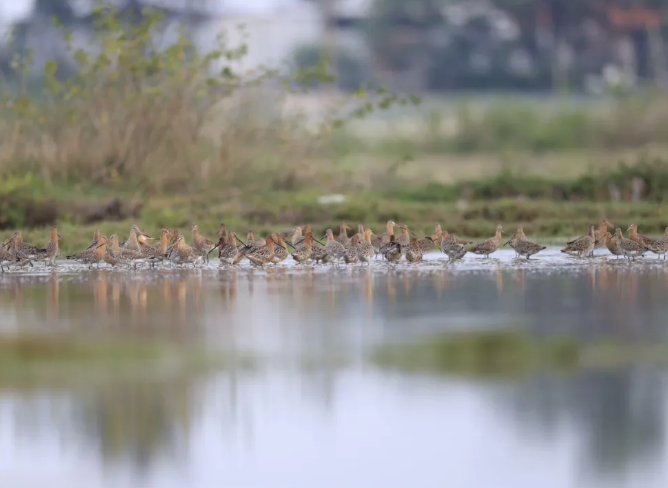Guangxi's biodiversity flourishes in recent years
Since 2021, Guangxi has witnessed an increase in biodiversity, with a total of 385 newly discovered animals and plants. Each year, approximately 10 percent of newly published plant species in China originate from Guangxi. The region boasts the top ranking in the country for the number of rare and endangered species, with the third-highest biodiversity richness nationwide.
As the beginning of autumn approaches, migratory birds are once again starting their journey southward. In the Hepu's Rugan National Nature Reserve, the first group of visitors includes 17 Greater Sand Plovers with distinctive yellow legs.
Situated in a priority area for marine biodiversity conservation in China, the Rugan reserve lies along one of the world's nine major migratory bird routes, the East Asia-Australasia flyway. The reserve's mangrove forests, spanning over 70 hectares, provide essential habitats and wintering grounds for many endangered species.
Last year, the coastal bird monitoring in the reserve recorded over 40 species of returning migratory birds, totaling nearly 70,000 individuals, marking an increase of over 12 times compared to 2021.
Currently, guided by the establishment of national parks, Guangxi has set up 223 natural reserves covering a total area of 2.2536 million hectares, representing 9.48 percent of the region's terrestrial land area.

A mixed flock of red-necked stints and long-toed stints is observed at the Hepu's Rugan National Nature Reserve. [Photo by Mo Shenjie/WeChat account: gh_08eeb24e7392]














